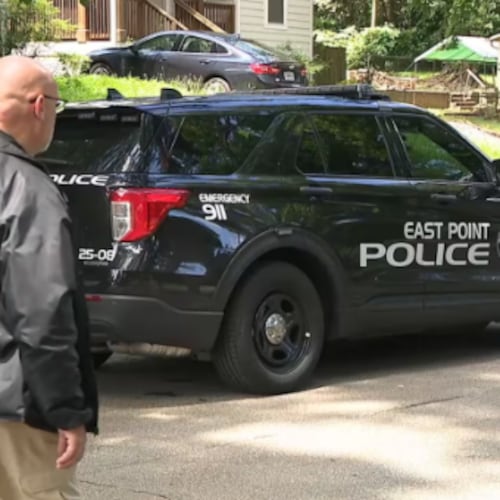Security lines at Hartsfield-Jackson International Airport have gone from nightmarishly long to surprisingly short.
Wait times were under 20 minutes at the world’s busiest airport 96 percent of the time in July, according to airport officials. That’s the highest percentage in the seven years the data has been gathered, according to Hartsfield-Jackson.
In June the under 20-minute wait figure was 73 percent, up from 63 percent in May. Back then, officials were warning travelers to brace for long lines all summer.
“It just shows how much we ramped up,” said Mark Howell, a spokesman for the Transportation Security Administration.
The turnabout required an array of improvements in the way the TSA staffs security checkpoints, organizes its operations and runs screening lanes — along with a $1 million investment by Delta Air Lines and extra effort from the airport and other airlines.
Last winter and spring, security lines at Hartsfield-Jackson often stretched through the terminal. In February, airport general manager Miguel Southwell — who was later ousted — told the TSA in a letter that he dreaded the summer and threatened to replace agency screeners with private contractors.
As similar problems cropped up at other airports, Congress authorized TSA to add more officers and canine teams.
With 28 security lanes in the Atlanta airport domestic terminal, “our effort was to get as many of those manned as we could,” said Roosevelt Council, the interim general manager at Hartsfield-Jackson.
“That whole first half of the year, it frustrated and surprised me, like many other travelers, that most of the gates were just closed, so you have long lines,” said flier Herman Kooyman, who lives in Marietta. “That was the part for me that was just unacceptable.”
The boost in TSA funding included money for the equivalent of 85 more full-time officers in Atlanta, TSA chief Peter Neffenger recently told members of Georgia’s congressional delegation.
TSA also opened lanes earlier and scheduled more officers during morning rush hours. The agency set up a command center at its Virginia headquarters to identify “hot spots” at airports and to shift resources where needed.
The latter strategy included bringing about 25 officers to Atlanta from smaller airports during busy periods from early July to early August. Hartsfield-Jackson also used a contractor to staff exit lanes and free 18 TSA officers to work checkpoints.
Airline and airport staff also pitched in to help manage lines.
Delta, Hartsfield-Jackson’s biggest tenant and the airline with the biggest stake in smooth operations, paid for two automated “innovation lanes” at the South security checkpoint. Using a different process than regular lines, they can speed screening by 30 percent.
Construction of the lanes initially made things worse because the checkpoint was shut down for three weeks. But lines have moved faster since the South checkpoint reopened in late May.
Kooyman said the last time he traveled through the domestic terminal “it certainly improved.”
With the summer rush over, TSA workers reassigned to Atlanta have returned home. But TSA says it can still spool up part-time officers to full-time when necessary, and bring in additional staff from other airports during busy periods.
On Labor Day weekend the busiest travel day is expected to be Friday, with a projected 69,000 passengers going through security checkpoints at Hartsfield-Jackson. Thursday and Monday are expected to be nearly as busy, but traffic over the long weekend will still be below summer peaks of 80,000 passengers a day.
With passenger traffic continuing to grow — it’s up about 4.5 percent year-to-date in Atlanta — more projects are in the works to handle the strain on security checkpoints.
“We’re making a concerted effort across the board to have the kind of safe and efficient screening that that an airport this size and caliber should have,” airport spokesman Reese McCranie said.
The big test moving forward could be handling passenger growth amid construction stemming from Hartsfield-Jackson’s $6 billion plan upgrade and expansion plan, which includes modernized terminals and curbside areas.
The airport soon begins work to enlarge the main security checkpoint queuing area, to be completed in the second quarter of next year. A Starbucks and other nearby concessions will be demolished.
Also planned is a major expansion of innovation lanes. The projects are intended “to accommodate future growth and to reach our goal of wait times under 20 minutes,” McCranie said.
About the Author
The Latest
Featured


